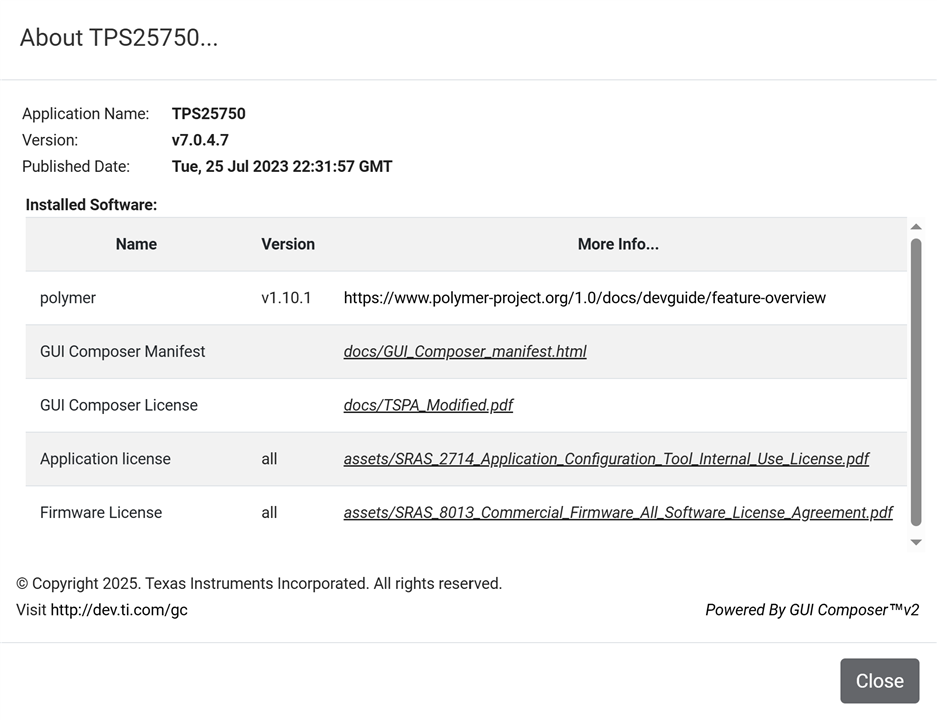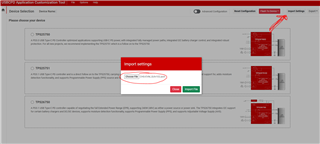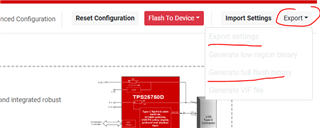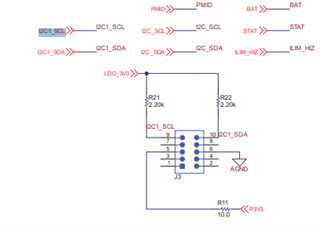Tool/software:
Using a USB-PD-CHG-EVM-01, I am trying to charge a 4 cell LiFePO4 battery with 5A.
Not able to go beyond 4A, no matter the battery discharge level, power source or sink selection, battery charging voltage on the application.
I'm using TPS25750 Application Customization Tool.
Power source: tried 60W and 100W options
Powers sink: tried 60W and 100W options
Preferred power role: Power sink
USB speed: tried No USB data, and USB2 options
Preferred Data role: tried "no" and Host & Device Role Port (DRP) options
Charger selection: picked "BQ25790 or BQ25792" option -although EVM has a BQ25798, it's not in the options-
Battery charging current: 5A
termination current: 0.4A
pre-charge current: 0.4A
Jumper for 4 cells is shorted. I tried also "shorting the ILIM_HIZ to REGN pin to set the maximum input current limit" as per data sheet ILIM_HIZ pin description notes
WHAT AM I MISSING?
Thank you!







